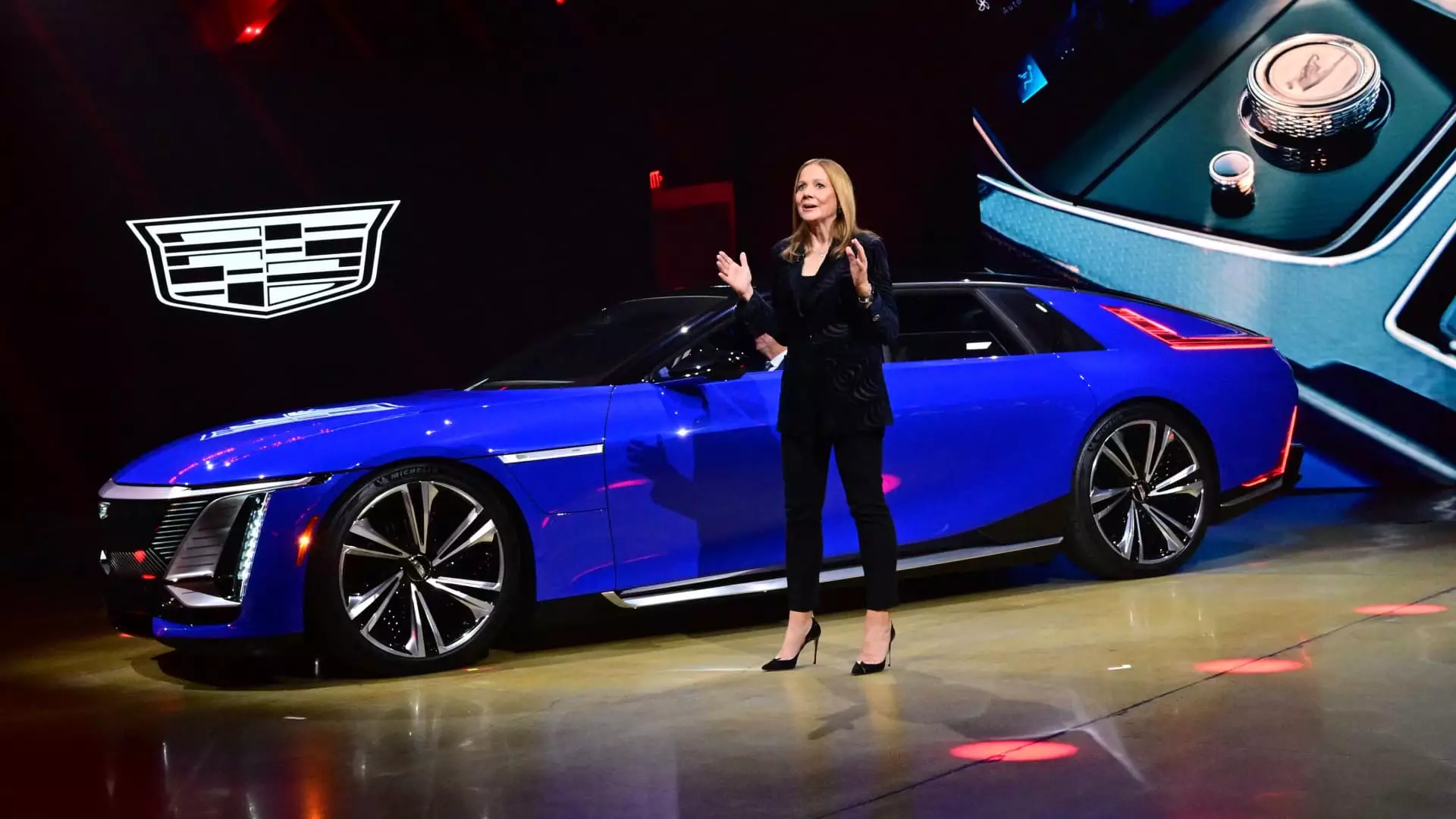The automotive industry is undergoing a massive transformation spurred by the growing demand for electric vehicles (EVs). In this era of electric innovation, automakers are racing to define their place in this new hierarchy. General Motors (GM), one of the oldest names in the industry, faces significant trials in this transition, competing against dynamic rivals like Tesla, Ford, and Hyundai. While GM was once confident about its trajectory to eventually surpass Tesla in EV sales, multiple challenges have hindered its progress. This analysis delves into the hurdles GM has faced and evaluates its current strategy in the quest for EV dominance.
In late 2021, GM’s CEO Mary Barra confidently predicted that the automaker would “absolutely” catch up to Tesla, the reigning champion of electric vehicle sales, by 2025. This bold assertion was based on optimistic market forecasts and GM’s ambitious plans for electrification. However, the actual progress has been sluggish, not just for GM but for the entire automotive sector grappling with shifting consumer preferences and production bottlenecks. GM’s earlier predictions surrounding EV targets have largely been retracted due to the delays experienced in production, supply chains, and technological readiness.
This unmet promise is particularly glaring when viewed in contrast to Tesla’s remarkable growth. Despite beginning from a much smaller market share, Tesla has consistently outpaced traditional automakers, achieving record sales numbers that GM can only aspire to at present. As of the second quarter of 2023, Tesla’s sales reached over 164,000 units, effectively eclipsing GM’s total for the quarter.
Despite these setbacks, GM has noticed a turnaround in its EV sales performance. Recent figures from GM indicate a 70% increase in sales compared to the previous year, suggesting that its renewed strategy may finally bear fruit. Rory Harvey, GM’s President of Global Markets, has highlighted this uptick, asserting that the company is outpacing the industry’s average for growth in EV sales.
In particular, GM has managed to sell nearly 21,000 EVs in the United States in July and August, closely paralleling its total sales from the preceding quarter. These months mark a significant benchmark for GM’s revival in the EV market, indicating the potential for even greater traction. However, the automaker still trails behind competitors like Ford and Hyundai/Kia, which complicates the narrative of progress.
Even with a burgeoning sales performance, GM is burdened with a complex landscape of challenges. The company is striving to increase its production capacity while navigating the dual pressures of consumer demand and profitability. Unlike traditional gasoline vehicles, which yield higher profit margins, EVs currently remain less lucrative for manufacturers. GM’s recent investments in developing its Ultium-based lineup reflect a strategic pivot aimed at long-term profitability in the EV sector.
Additionally, the company withdrew its public commitments to some ambitious EV production targets, including the goal of achieving 1 million units produced annually by 2025. By revising these targets downward, GM has signaled a cautious approach, emphasizing the importance of aligning production with real market demand.
As GM continues to adapt its strategy, the company has shifted its focus toward a wider array of vehicles within the EV segment. With eight Ultium-based models currently available and additional offerings on the horizon, GM is attempting to present itself as a versatile player in the electric vehicle marketplace. Analysts recognize that while GM’s rollout was slower than anticipated, responsiveness to production goals can allow for a more sustainable growth trajectory.
Yet, the succession of strategic pivots raises questions about GM’s ability to execute a coherent vision moving forward. Foreseeing future market trends and consumer expectations will be essential in ensuring GM does not continuously lag behind its competitors.
As GM embarks upon this challenging yet essential transition towards electric vehicles, the stakes are higher than ever. While the Detroit giant has made notable strides recently in increasing its EV sales, the company must navigate a host of external and internal obstacles to secure its position in a fiercely competitive market. Only time will tell if GM can reclaim its ambitious vision in the electric landscape and thrive against the backdrop of relentless competition. If GM hopes to succeed, it will require not only adaptive strategies and innovative practices but also the capacity to truly understand and anticipate consumer needs in this rapidly evolving environment.


Leave a Reply